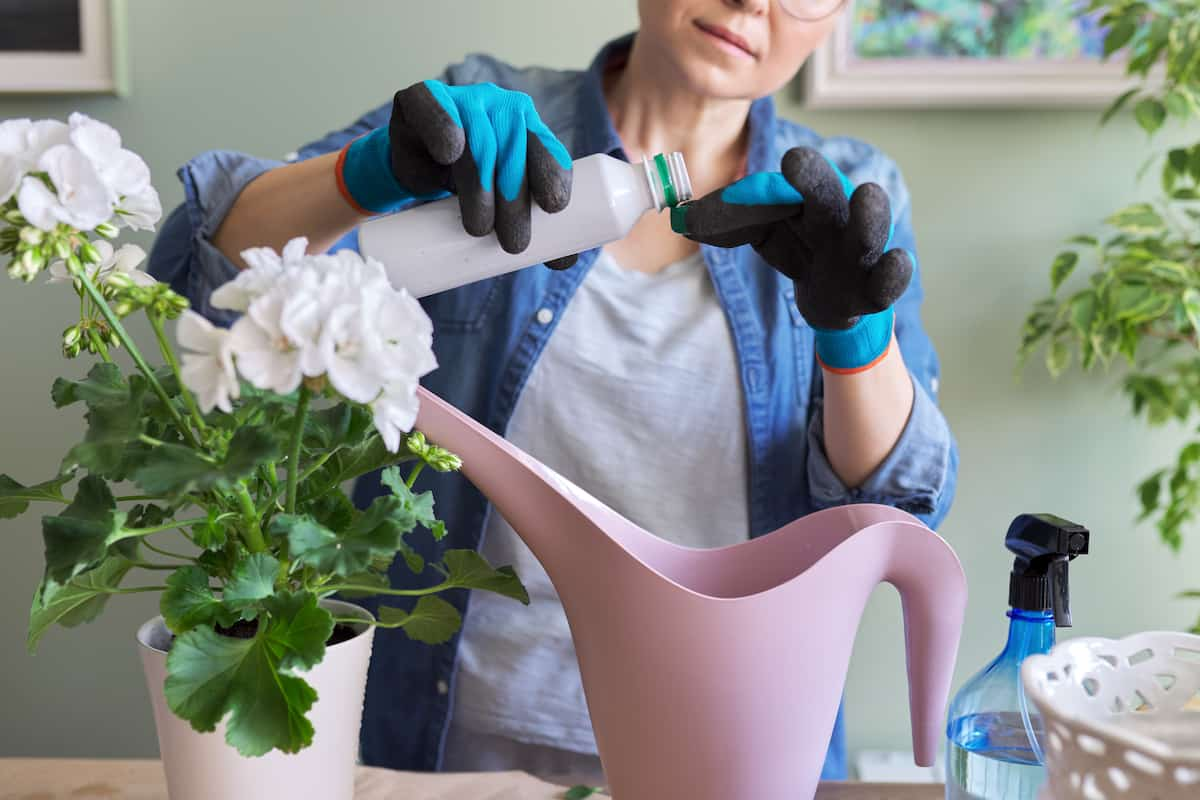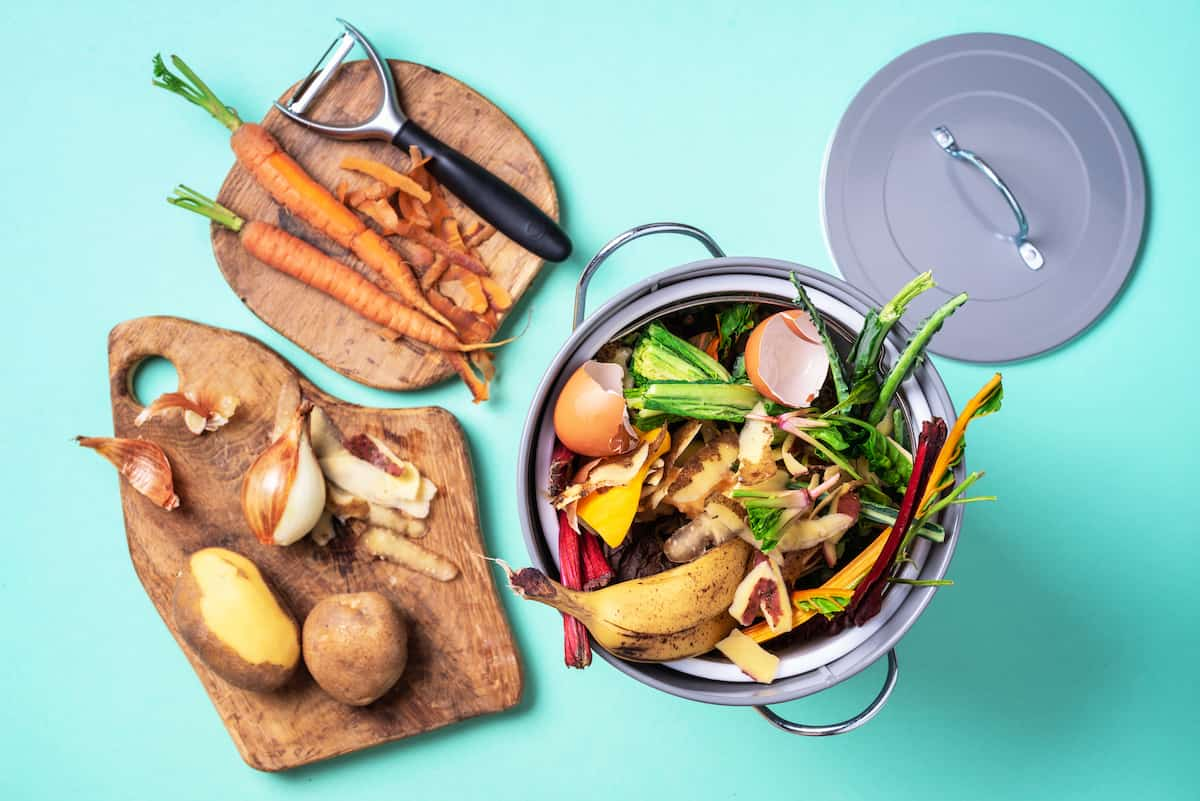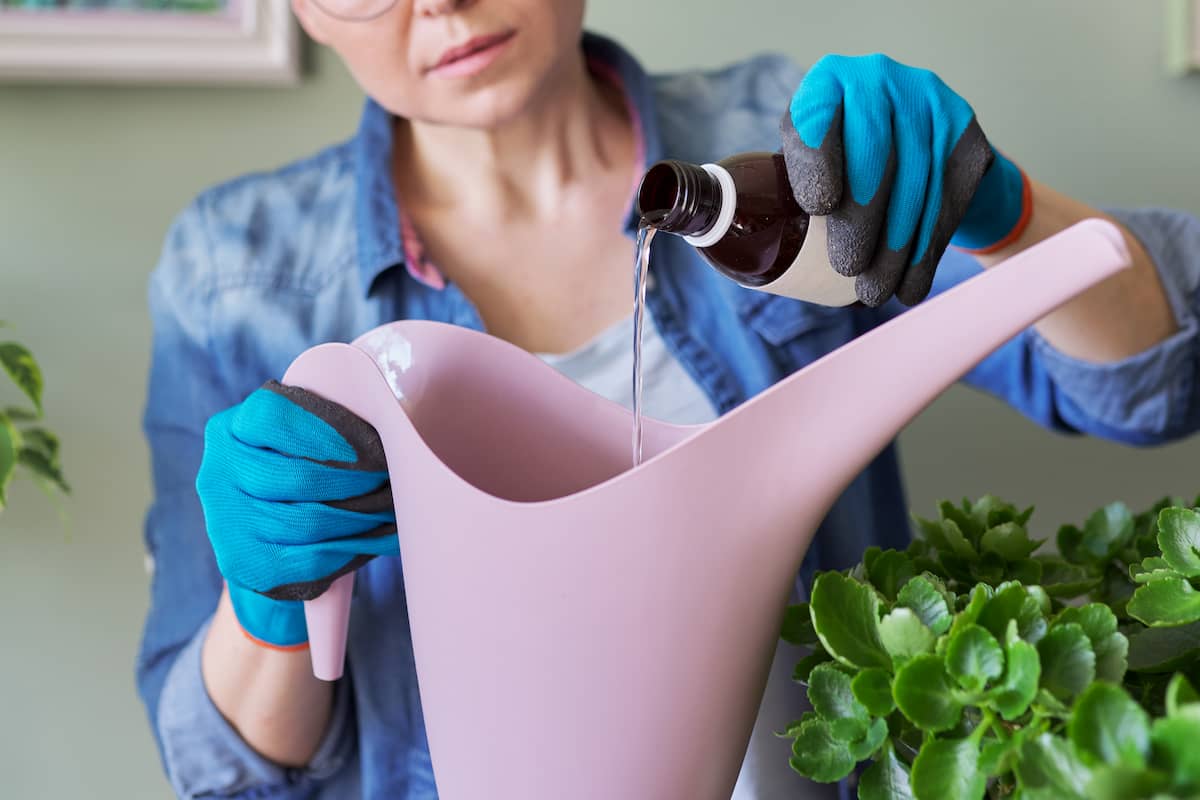Transform Your Kitchen Waste into a Nutrient-Rich Liquid Fertilizer: A Guide to DIY Composting. Discover the simple steps to convert kitchen waste into an effective and environmentally friendly solution for your garden. Kitchen waste is a valuable resource that can provide organic nutrients to enhance soil quality, boost plant growth, and increase yields. Composting can turn these smelly scraps into a healthy and productive ingredient for your garden.

Nitrogen (2%), phosphorus (0.4%), and potassium (1.33%) may all be found in kitchen waste. These and several other macro and micronutrients that foster healthy plant development are abundant in homemade Liquid fertilizers. This will take you through the steps of creating liquid Fertilizers from kitchen trash and show you how to get started.
How to Make Liquid Fertilizer from Kitchen Waste
Benefits of Liquid Fertilizer from Kitchen Waste
Liquid Fertilizer derived from food waste is a low-impact, inexpensive approach to fertilizing plants. It increases soil health, promotes plant development, and delivers necessary nutrients. The nitrogen, phosphate, and potassium in this Fertilizer make it ideal for composting garbage. To further minimize greenhouse gas emissions, composting kitchen waste can help keep organic waste out of landfills.
Materials Required/ Available to Make Liquid Fertilizer from Kitchen Waste
Liquid Fertilizer made from waste materials, including coffee grounds, banana peels, vegetable waste, wood ash, compost juice, compost tea, and Epsom salt, is an effective ways to boost plant development while minimizing trash. Remember that not all plants have the same nutrient needs, and some fertilizers may not work well with some plants. Before choosing a fertilizer, it’s best to learn as much as possible about the plants you intend to feed.
Liquid Fertilizer Making from Kitchen Waste: DIY, Simple Steps
Making Liquid Fertilizer from Coffee Grounds
Ingredients
- Coffee grounds
- Container
- Water
Procedure
- Fill half of the container with coffee grounds.
- Cover the coffee grounds with water.
- Let the mixture steep for 2 to 4 days.
- After the steeping period, filter the coffee grounds into another container.
- Seal the container to prevent evaporation.
Use Tips
- Use liquid Fertilizers to nourish your garden flowers and vegetables.
- To adjust the soil pH, you can use a high pH base.
- Remember that coffee grounds contain nitrogen and other essential nutrients beneficial for plant growth. Using this liquid Fertilizer can promote healthy plant development and soil fertility.
Making Liquid Fertilizer from Banana Peels
Ingredients
- Banana peels
- A bucket
- Water
Procedure
- Take a bucket and put the banana peels inside it.
- Close the bucket lid and allow the banana peels to ferment until they turn into liquid Fertilizers.
- Cover the fermented banana peels with water.
- Leave the bucket aside for two days to allow the water to ferment.
- After 2-4 days, transfer the liquid Fertilizer, also known as “banana tea,” into another container.
- If the banana tea has a concentrated solution, you can dilute it by adding more water.
- Apply the liquid Fertilizer to small groups of plants first and observe their growth. If the plants show healthy development, you can apply the Fertilizer to the remaining plants in your garden.
- It is best to avoid using banana peel liquid fertilizer on clean leafy vegetables as they do not need much potassium.
In case you missed it: How to Prepare Homemade Liquid Fertilizer: DIY Recipe Step-by-Step Process for Vegetables, Flowers, Fruits, and Herbs

Making Liquid Fertilizer from Vegetable/fruit Waste
Ingredients
- Boiling pot
- Water
- Green leafy vegetables (such as kale, spinach, lettuce, etc.)
Procedure
- Collect green leafy vegetable scraps from the kitchen.
- Put the vegetable scraps in a boiling pot and add enough water to cover them.
- Place the pan on the stove and let the water boil.
- Boil the vegetable scraps in the water for 10-15 minutes.
- Remove the pot from heat and let the Liquid cool to room temperature.
- Strain the Liquid from the boiled vegetable scraps and discard the solids.
- The resulting Liquid contains several nutrients that plants can use for growth.
Tips for Using the Liquid Fertilizer
- Let the liquid cool completely before using it.
- Apply the liquid Fertilizer to the bottom of the plant or the soil around the plant.
- This Fertilizer is particularly good for vegetable beds in the garden.
- You can also dilute the Fertilizer with water if it is too concentrated.
Making Liquid Fertilizer from Epsom Salt
Ingredients
- 1 cup of Epsom salt
- 1 gallon of water
Steps
- Dissolve the Epsom salt: Pour the salt into a watering can or spray bottle, then add water and stir until the salt is fully dissolved.
- Apply the Fertilizer: Use it immediately or store it for up to two weeks. Water the plant with the solution to saturate the soil around the roots.
Preparation of Liquid Fertilizer from Compost Juice
Ingredients
- Fresh compost
- water
Steps
- Collect compost: Gather compost that has fully broken down and is rich in nitrogen, phosphorus, and potassium.
- Prepare compost juice: Fill a bucket with water and add 2-3 handfuls of compost, then stir until the compost is fully dissolved into the water.
- Strain the compost juice: After 24 hours, strain the solution through a cheesecloth or fine mesh strainer into a separate container.
- Apply the fertilizer: Water your plants with the compost juice, making sure to saturate the soil around the roots.
Preparation of Liquid Fertilizer from Compost Tea
Ingredients
- Compost
- Water, aerator
- 5-gallon bucket
Steps
- Fill the bucket with water: Fill the bucket with water and add 2-3 handfuls of compost.
- Aerate the solution: Place the aerator in the water and run it for 24-48 hours to extract nutrients from the compost.
- Strain the solution: After aeration, remove the aerator and strain the solution through a cheesecloth or fine mesh strainer into a separate container.
- Apply the fertilizer: Water your plants with the compost tea or spray it directly onto the leaves for added nutrition.
In case you missed it: 11 Best Homemade Natural Garden Fertilizers: DYI for Houseplants, Vegetables, Flowers, and Herbs

Extra Info About Liquid Fertilizer from Kitchen Waste
The type of manure used as Fertilizer depends on the crops being cultivated. Sheep dung, high in potassium, is perfect for those plants. At the same time, rabbit manure is well-regarded in the organic gardening community. Mixing cow dung with water and letting it soak for two to three days yields a liquid fertilizer.
Due to its high calcium content, milk is said to be good for plants. Due to potentially pathogenic germs, it is not advised to use human excrement as Fertilizer. Chicken poop is a valuable source of organic matter and nutrients, including potassium, phosphorus, and nitrogen, which may be applied to the soil. Manure should be put into the soil at a rate of 9-10 kg per 100 square feet, with the exact amount based on the size of the garden.
Conclusion
Making liquid Fertilizers from kitchen waste is easy and cost-effective. Mix food scraps and water in a container, let it ferment and strain the Liquid to use as Fertilizer for your plants.
- Feed Your Flock for Less: Top 10 Tips to Save on Chicken Feed
- Ultimate Guide to Ossabaw Island Hog: Breeding, Raising, Diet, and Care
- Hatching Answers: The Top 10 Reasons Your Chickens Aren’t Laying Eggs
- Eggs and Economics: Breaking Down the Cost of Raising Backyard Chickens
- Defend Your Greens: Proven Methods to Keep Iguanas Out of Your Garden
- Ultimate Guide to Cinnamon Queen Chicken: A Comprehensive Guide for Beginners
- Ultimate Guide to California Tan Chicken: Breeding, Raising, Diet, Egg-Production and Care
- Ultimate Guide to Marsh Daisy Chicken: Breeding, Raising, Diet, and Care
- 10 Types of Chicken Farming Businesses You Can Start for Profits